To the Foreground
The Lower Polk Neighborhood (LPN) is a distinct and vibrant part of the unique collection of neighborhoods that characterize San Francisco’s celebrated urban heritage. It is a diverse, richly textured, mixed-use neighborhood with an unusually porous fabric of alleyways which are underutilized, mid-block, public right of way open spaces. Six alleys extend outward from the Polk Street commercial spine, forming a fine urban grain at the very core of this neighborhood that has very little access to open, pedestrian-oriented space. Reclaiming them as living streets is crucial to creating enjoyable civic places, dedicated to health, livability, and enjoyment within the neighborhood, as well as contributing to a healthier city overall. These spaces were the original impetus for the Lower Polk Alleyways District Vision Plan (LPA-DVP). By reframing the perception of these alleys from leftover backstreets into active thoroughfares, these smaller streets are re-scripted, reprogrammed, and physically redesigned to support street life. The Alleyways are meant to take center stage, shifting the focus from a more unseen, back-of-house use to a new, public-facing green infrastructure that sits at the heart of the Lower Polk Alleyways District.
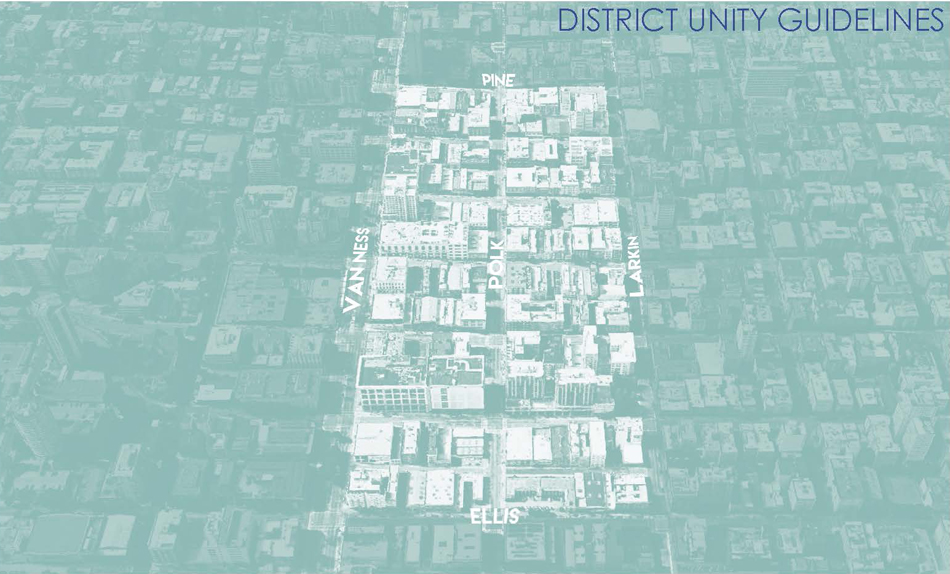
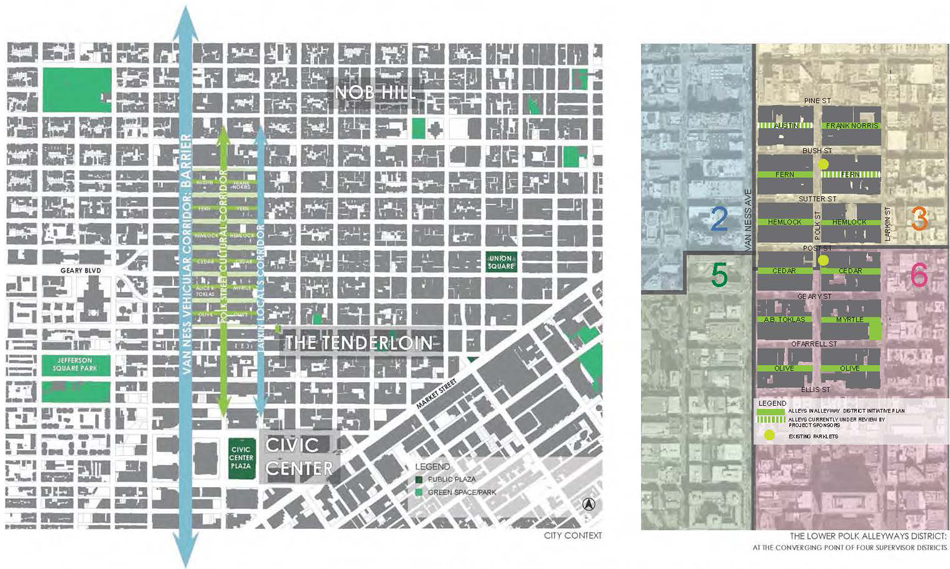
Bound to the Community
Reflecting principles and values set forth by the LPN, the District Vision Plan is characterized by an important overarching factor: it is a community-driven project. From the project’s inception, the design process empowered local residents and heritage business owners to take ownership of their neighborhood. As the local neighborhood association, the LPN invited INTERSTICE Architects to lead and facilitate the initial kickoff meetings which set in motion a 12-month process of workshops and outreach charrettes in which the Alleyways were studied by INTERSTICE. Detailed physical information about the spaces was gathered by the firm over this period, while an extensive set of existing situational maps were developed. This extensive process provided the chance to align, document, and organize the voices, resources, and initiatives of the community. This process was recognized as critical to the success of achieving the ultimate goal for revitalizing the Alleyways. The vision plan created by INTERSTICE offers a comprehensive and organized approach to re-craft and reinvigorate the Alleyways through design proposals and programmatic ideas in response to the needs and desires of the residents and merchants that make up the neighborhood.
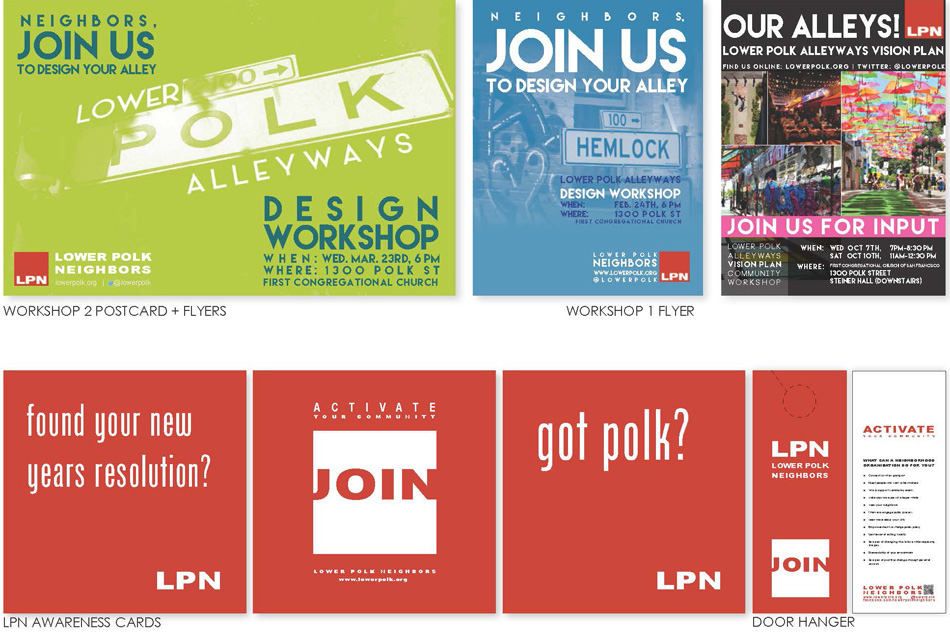
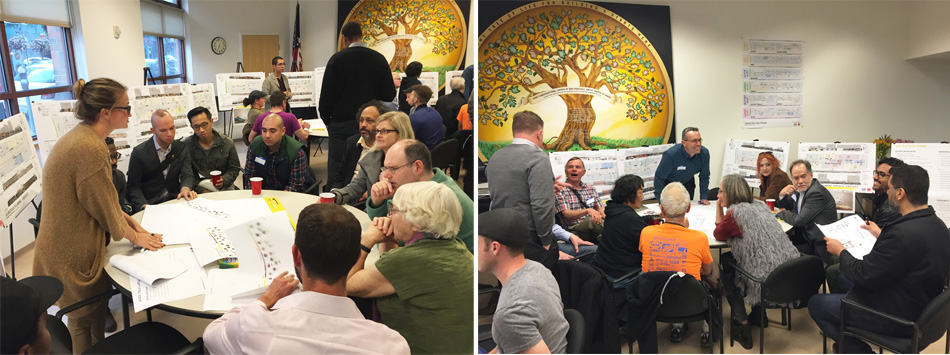
Investments in Ideas
This vision plan is the result of a year-long process of discussions and meetings with neighbors, merchants, business owners, and community and City stakeholders; workshops and community meetings; comments and suggestions—all distilled into a vision that reflects the input and priorities of the Lower Polk neighbors themselves. These recordings of overlaid ideas, challenges, and opportunities were used throughout the process for diagramming comments, priorities, and future changes, serving as critical tools during the highly interactive community workshops. The culmination of this process was the development of a set of proposals for each of the Alleyways that characterized their program and used a toolbox of design features to create design guidelines and proposals for each of the Alleyways. The tools developed in the vision plan helped to galvanize the community so that all future development may lead to investments in both the private and public spheres to improve the district. INTERSTICE successfully guided the visioning processes, a process that continues to reshape and evolve the future of the District’s landscape through ongoing design projects being executed by public-private partnerships.
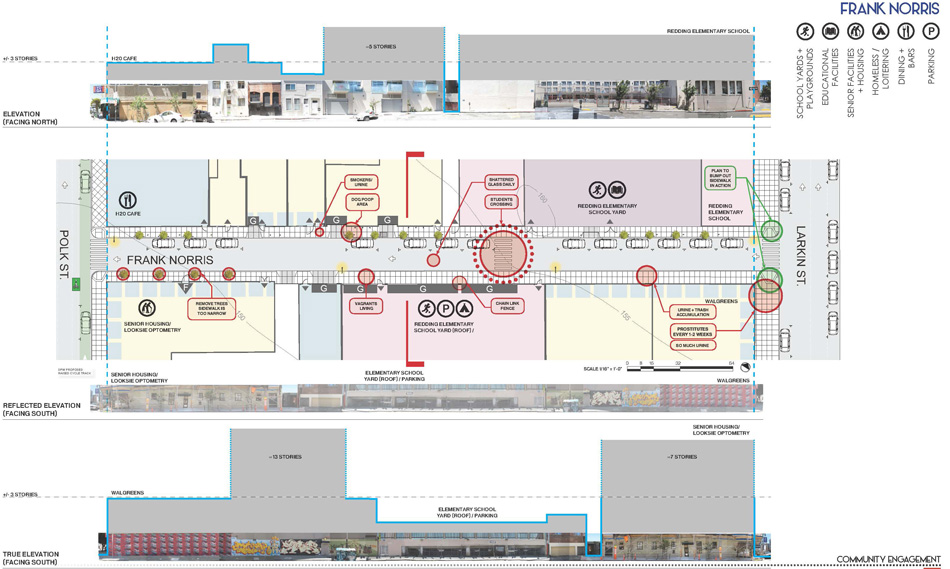
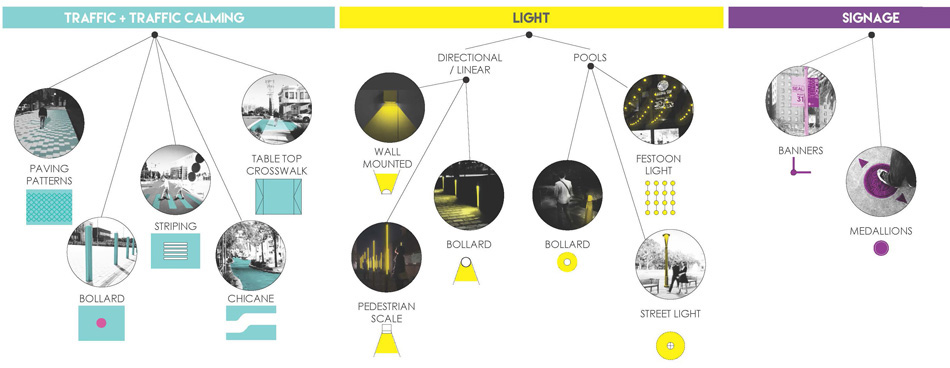
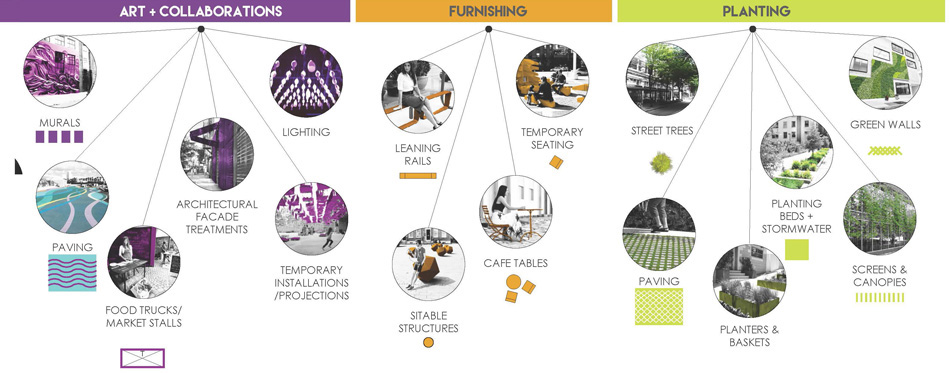
Location: Lower Polk Alleyways District
Owner/Client: Lower Polk Neighbors
Scope: Alleyways District Vision Plan & Concept Design
Status: Completed 2016
Photography: N/A
Award: ASLA NCC Honor Award, Research, Planning, Analysis and Communication, 2017
